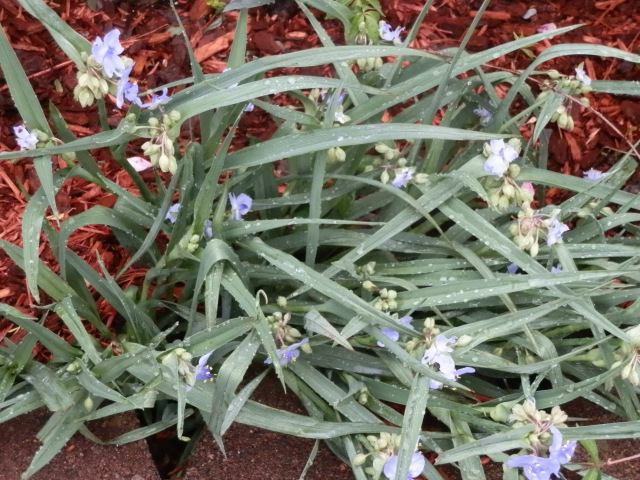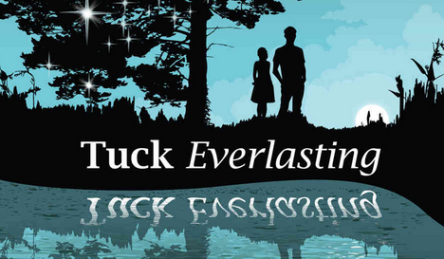Some people call them widow’s tears. Others confuse them with daylilies. Still others have never even heard of them. Spiderworts are tough native plants that don’t choke out the rest of your garden residents. Our most common one is the Virginia spiderwort (Tradescantia virginiana).
More and more people are looking for native plants to add to their landscaping. Naturally, they also seek out perennials as these plants don’t need to be planted every year. Usually, water usage is a concern and spiderworts are miserly on water once they become established.
Gardeners desiring to help the environment also want plants that attract butterflies and pollinators. Spiderworts do. Several species of native butterflies and bees love them.
Spiderworts tend to grow in clumps. They grow best in moist, well-drained and slightly acidic soil, but they tolerate a wide range of soil conditions. They perform best in partial shade but will tolerate full sun as well as shady locations. They won’t bloom much in shade.
Foliage is grass-like and resembles that of daylily or spider plant. Triangular shaped flowers with three petals grow in clusters on the ends of stalks and are usually blue to purple. Some plants have white or pink flowers. I’ve also read where air pollution can influence flower color and make normally blue types light pink. Individual blooms only last for one day.
Walk through any old cemetery or abandoned homestead and you will likely find some. Maybe that’s where the “widow’s tears” comes from. They’re rarer in wilderness places and are considered threatened in much of North Carolina. You should not collect them from the wild.
Spiderworts bloom in mid spring to early summer. Deadheading the old flowers will lengthen the blooming period, so it’s a good practice if bloom is what you’re after. Let flowers mature if you wish to collect seed.
Spiderworts transplant easily as they have a strong fibrous root system. Usually they will benefit from dividing every three years or so and they propagate successfully this way. They also establish readily from seed.
Spiderworts have few insect or disease problems. However, slugs and snails can be a problem to young shoots. While occasionally damaged, they are far from the first choice to be gobbled up by deer, rabbits and the like.
Spiderworts originally got their name because they were used to treat spider bites. When crushed, stems and leaves emit a sticky sap. This sap was applied to the wound. It was also used for general itching caused by mosquito and other insect bites. Plant roots also have laxative properties.
Flowers and leaves are both edible for most people. Leaf sap causes minor skin irritation to some, so try a small quantity first to see if you are affected. Leaves and flowers can be eaten raw in salads or cooked as a pot herb and both are used as herbal teas.
Culinarily speaking, I’m not a big fan so I don’t collect them. They don’t bother me, but they don’t store well in the refrigerator. If you forage some they must be prepared right away or they will turn to black mush.

Blooming widow’s tears covered with dew
Ted Manzer teaches agriculture at Northeastern High School ([email protected]).
Advertisements Share this:




